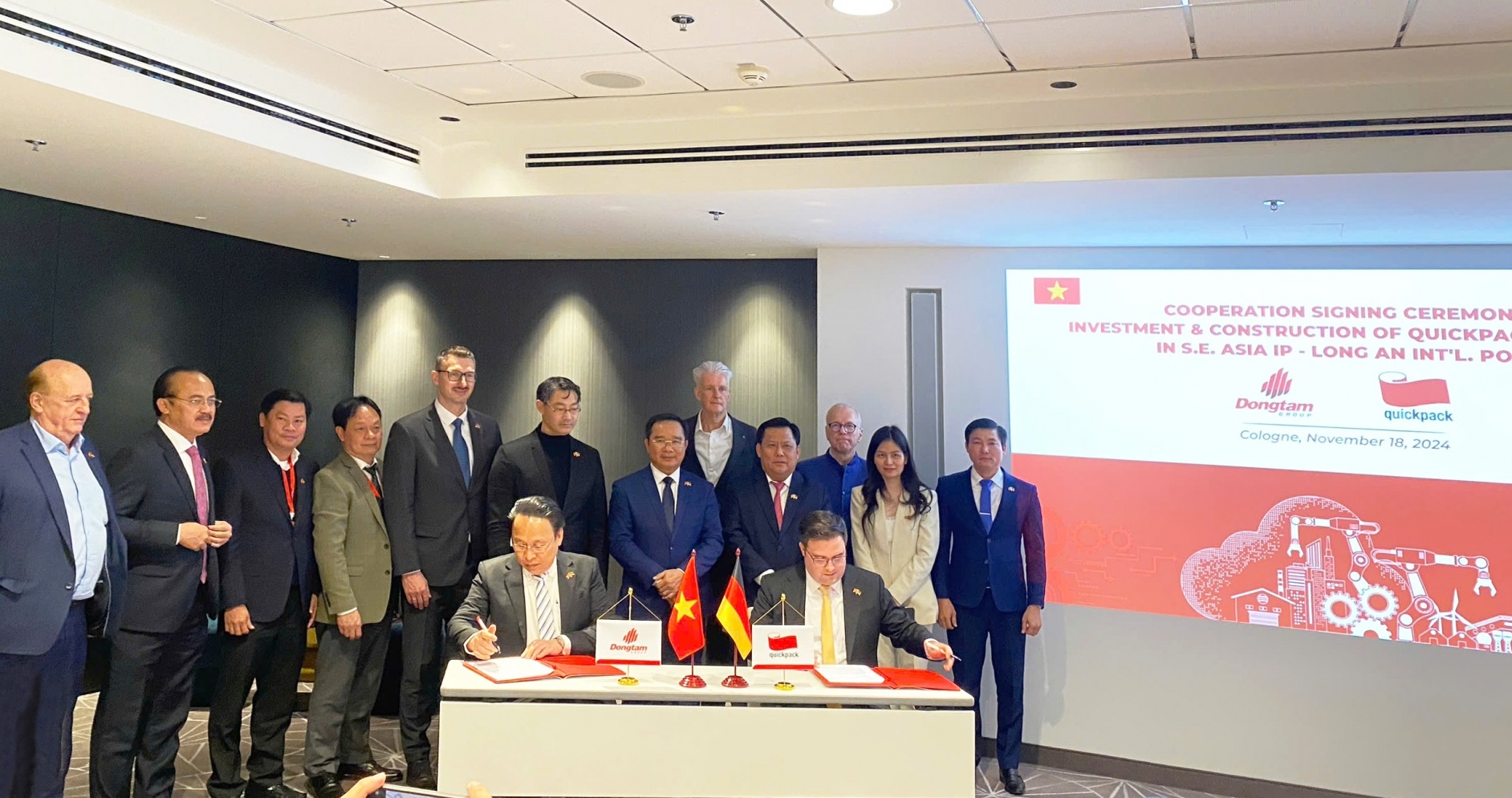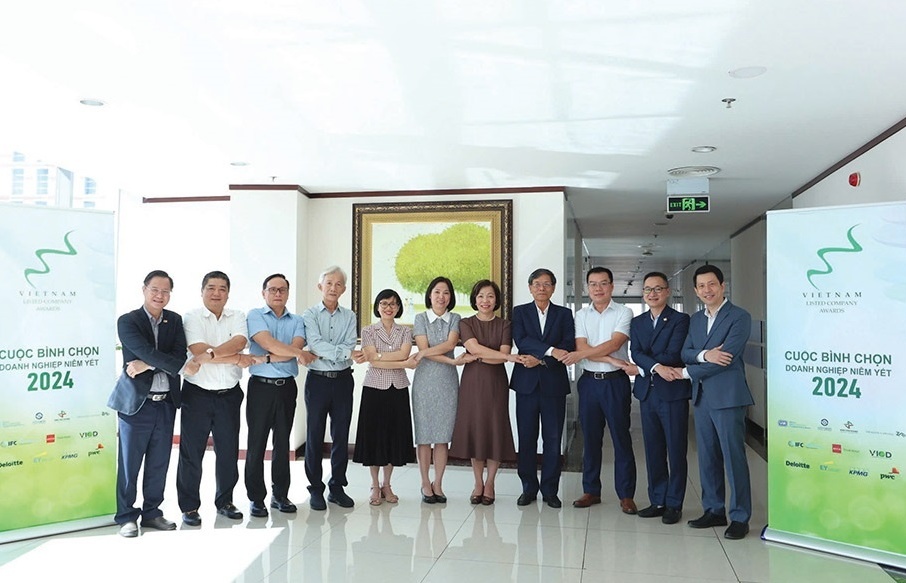Clear-cut action plan to boost competitiveness
 |
On February 6, 2017, the Prime Minister enacted Resolution 19-2017/NQ-CP on the implementation of major tasks and measures to improve the business environment and national competitiveness in 2017, with vision towards 2020. You have been heavily engaged in drafting four versions of Resolution 19. What are the new contents of this latest version?
Resolution 19/2017 incorporates new points originated from the government’s demand to more robustly improve the national competitiveness.
We need to recall that previous versions of Resolution 19 (between 2014 and 2016) entailed improvements in the Vietnamese business environment’s annual score and ranking on the ranking tables of the World Bank (WB) as well as other prestigious appraisal organisations.
However, there has been little improvement in our standing at the global competitiveness ranking of the World Economic Forum, showing that development has been stagnating in certain areas.
This explains why the government decided to focus on improving labour productivity and national and enterprise competitiveness this year—the approach covers a multitude of indexes.
In addition, the fourth industrial revolution is bringing forth big demand for creativity which is fundamental to boosting labour productivity and improving the incomes of people and businesses.
Another key factor is the rising role of e-government.
Importantly, when the factors related to creativity are improved, the Vietnamese economy will ascend the development ladder—which will be propelled by reforms and creativity instead of capital, natural resources, and low-cost labour as it is at present.
The work titles in Resolution 19-2017 are said to be far more numerous than in any previous version. Is this correct?
The new Resolution has set forth 250 criteria related to the business environment, reforms and innovations, competitiveness, and e-government, whereas the previous versions only focused on 10 criteria, based on the WB’s ranking.
These new criteria each assign tasks and identify implementing organs, meaning that the responsibilities of each particular ministry and sector as well as those in charge are defined.
This will ensure more clarity in determining the responsibilities of ministries and sectors in their implementation of specific criteria.
Besides, it also clarifies the responsibilities of ministry and sector leaders guiding the implementation of these criteria, unlike previous versions.
Even though the previous versions assigned tasks to concrete ministries, sectors, and localities, the implementation results were below expectations. Why do you think this was so?
In the reports reviewing how Resolution 19 was implemented, we laid blame on ministries, sectors, and localities for slow and inefficient implementation. The names of these bodies were later mentioned at government meetings.
Resolution 19-2017 demands inspection and supervision to ensure more effective execution. Stronger measures shall be introduced in the upcoming time.
I should note that compared to previous years, this year ministries and sectors have proven proactive. Many of them have contacted the Ministry of Planning and Investment to provide and request information or to learn about new methodologies.
The strong changes at the Ministry of Industry and Trade (MoIT) in the past year have also inspired other ministries to follow suit.
As ministry leaders become more attentive, I believe this will drive changes to each of their member units and spread the effects to other ministries and organisations.
What the stars mean:
★ Poor ★ ★ Promising ★★★ Good ★★★★ Very good ★★★★★ Exceptional
Latest News
More News
- Trump's trade policies could shape Vietnam's economic outlook: Dragon Capital (November 15, 2024 | 16:56)
- Prioritising corporate governance for Vietnam’s sustainable growth (November 14, 2024 | 16:50)
- Vietnam eyes nuclear revival to bolster energy security (November 14, 2024 | 16:46)
- German businesses explore investments in Dong Nai (November 08, 2024 | 18:02)
- Vietnamese consumer sentiment outperforms regional averages (November 08, 2024 | 18:00)
- Exchange and interest rates forecast to remain stable after US election (November 07, 2024 | 14:04)
- Industrial real estate stocks benefit from US election results (November 07, 2024 | 13:56)
- 2024 sees $1.41 billion in fintech funding so far (November 07, 2024 | 08:13)
- Trump at 266 electoral votes, Harris at 195: US media (November 06, 2024 | 14:30)
- Hanoi targets digital and high-tech investment with upcoming event (November 06, 2024 | 13:28)




















 Mobile Version
Mobile Version